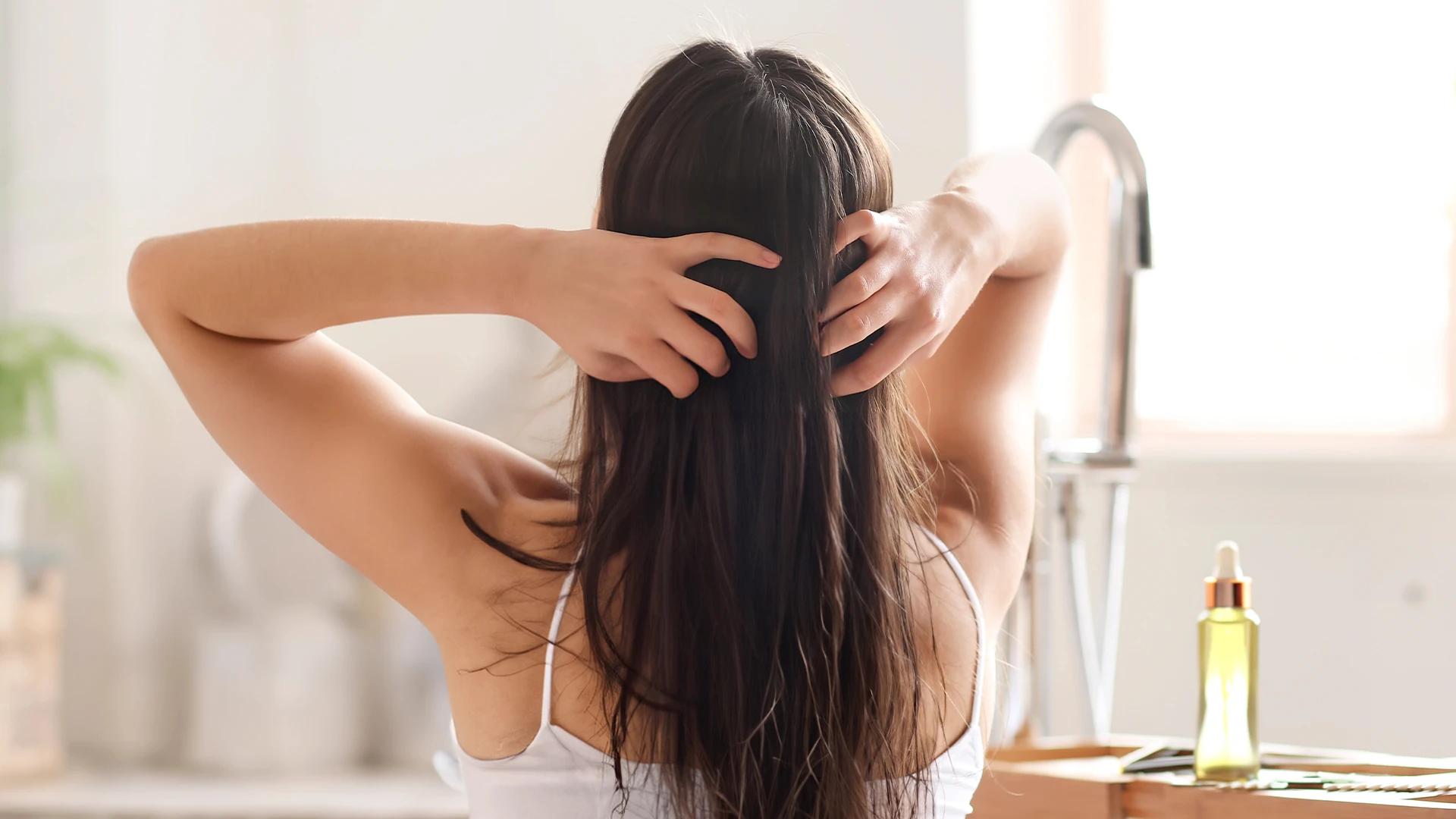Chronic stress can disrupt your hair growth cycle, leading to excessive shedding or slower growth. Regular exercise, meditation, or even just taking time for hobbies you enjoy can help manage stress levels and support healthier hair.
The Impact of Sleep on Hair Growth
During sleep, your body repairs and regenerates cells, including those in your hair follicles. Aim for 7-9 hours of quality sleep to support optimal hair growth tips. Your hair literally grows whilst you're dreaming.
Exercise and Its Role in Hair Nutrition
Regular exercise improves blood circulation, helping nutrients reach your hair follicles more effectively. It also helps manage stress hormones that can negatively impact hair health. Find movement you enjoy—your hair will thank you.
Frequently Asked Questions
How often should I wash my hair for optimal health?
This depends on your hair type and lifestyle. Oily hair might need washing every other day, whilst dry or curly hair often thrives with 2-3 washes per week. Listen to your hair and adjust accordingly.
Can dietary changes really improve my hair's condition?
Absolutely! Hair is made from nutrients you consume, so a balanced diet rich in proteins, vitamins, and minerals directly impacts hair strength and growth. Changes typically show after 2-3 months of consistent good nutrition.
What are the best natural remedies for treating dandruff?
Tea tree oil (diluted), apple cider vinegar rinses, and aloe vera gel can help manage dandruff naturally. However, persistent dandruff might need professional attention to rule out underlying scalp conditions.
How can I prevent split ends without frequent trims?
Regular deep conditioning, avoiding heat damage, using silk pillowcases, and protecting hair from environmental stressors help prevent split ends. However, once they occur, trimming remains the most effective solution.
Is it possible to reverse hair damage through natural methods?
Whilst you can't repair existing damage completely, natural methods can significantly improve hair's appearance and prevent further damage. Protein treatments and deep conditioning can temporarily fill in gaps in damaged hair.
Key Takeaways
Your journey to healthy hair doesn't happen overnight, but these five steps create a solid foundation for gorgeous, strong strands. Remember, it's about consistency rather than perfection—small daily choices add up to big results over time. From nourishing your body with the right nutrients to treating your scalp with the care it deserves, each step builds on the next. The best part? You're not just getting better hair—you're creating healthier habits that benefit your overall wellbeing too.

 200ml
200ml Combo
Combo Combo
Combo 100 ml
100 ml